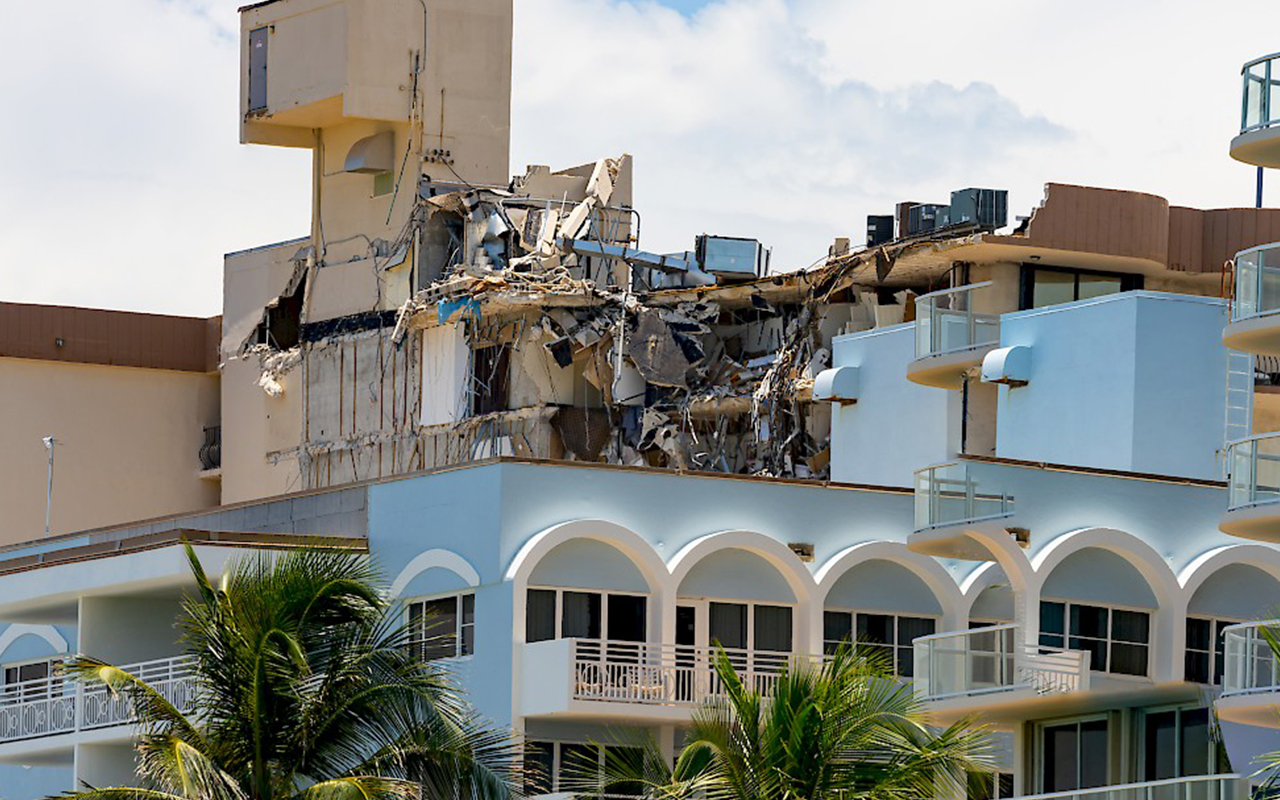Building codes and standards have long been a silent partner in the health, safety, and welfare of communities and are becoming increasingly more important in society. Today’s emergency managers and community leaders face a multitude of risks including extreme weather events such as hurricanes, tornados, straight-line winds, flooding, drought, and wildfires, as well as global risks from communicable disease outbreaks and environmental change. Luckily, building codes and standards continue to provide a safe structural foundation for communities as a trusted and proven resource and are regularly evolving to meet the challenges of these dynamic threats.
Modern building codes and standards offer communities both a foundation and framework for increasing their resilience through a variety of tools and resources that can be applied across all four phases of emergency management – mitigation, preparedness, response, and recovery. To reap the benefits and increase their communities’ resilience, emergency managers and community leaders must push for the adoption, implementation, and enforcement of the latest building codes and standards.
Protecting Community Lifelines
One of the most effective ways to increase community resilience is by mitigating risks to one or more of the Federal Emergency Management Agency’s (FEMA) Community Lifelines. These lifelines enable the continuous operation of critical businesses and government functions and are essential to health, safety, and economic security. Model codes, such as the International Codes (I-Codes) – a family of 15 coordinated, modern building safety codes used in all 50 U.S. states and in many other countries – are vital to the protection of these lifelines as they safeguard against disasters like fires, weather-related events, and structural collapse.
Only about a third of U.S. communities facing damaging wind, hurricane, tornado, seismic, or flood hazards have adopted hazard resistant codes.
For example, the codes have provisions for adopting, developing, and strengthening requirements for land use, zoning, floodplain management, infrastructure, or fire-resistant construction in the wildland urban interface (WUI), which are critical to mitigating damage from wildfires. The I-Codes underpin the most basic of community lifelines including food, water, and shelter, the construction, maintenance, and operation of health and medical facilities, and the safe storage, conveyance, and use of energy, fuels, and other hazardous materials.
Adopting Modern Editions of Building Codes and Standards
When disasters strike, building codes and standards serve as a baseline for the return to safe, sanitary, and habitable buildings. Most communities have adopted at least some minimum codes and standards for buildings, fire prevention and life safety, plumbing, mechanical, zoning, and others. However, according to FEMA, only about a third of U.S. communities facing damaging wind, hurricane, tornado, seismic, or flood hazards have adopted hazard resistant codes. In addition, ISO/Verisk’s 2019 National Building Code Assessment Report found that only 16 out of thousands of counties and cities in the U.S. achieved a top score, and nearly half of states do not mandate building code enforcement statewide.
Yet, the National Institute of Building Sciences (NIBS) in its Natural Hazard Mitigation Saves: 2019 Report found that adopting up-to-date editions of the International Codes (I-Codes) generates a national benefit of $11 for every $1 invested. The NIBS report also highlights a national mitigation benefit-cost ratio associated with code adoption of $6 to $1 for riverine and coastal floods, $10 to $1 for hurricanes, $12 to $1 for earthquakes, with benefits as high as $8 to $1 for wildfires through avoided casualties, post-traumatic stress, property damage, business interruptions, and insurance premiums.
Understanding this, FEMA has called adopting current building codes “the single most effective thing we can do,” and incentivizes, through grants and as a project scoring criteria, the use of building codes and standards in its grant programs like the Building Resilient Infrastructure and Communities (BRIC) program and its other hazard mitigation assistance grant programs. Emergency managers and community leaders are encouraged to take full advantage of federal, state, local, tribal, and territorial hazard mitigation assistance grant programs to help mitigate risk using codes and standards.
Leveraging Governmental Aid
Code officials and their floodplain management counterparts rely on support from emergency managers and community leaders to help secure the critical resources needed to ensure the health, safety, and welfare of the community. To that end, FEMA recently announced a new disaster policy specifically aimed at providing much needed assistance for code officials and floodplain managers during disaster response and initial recovery for up to 180 days following a major disaster declaration. The policy, administered under FEMA’s Public Assistance program, offers reimbursement for critical community functions such as building code administration, code enforcement, floodplain management administration and enforcement, and performing substantial damage inspections in affected communities.
As an aid to community disaster response, the Code Council, in partnership with the National Council of Structural Engineers Associations (NCSEA), sponsors the Disaster Response Alliance (DRA) to help communities begin to recover as quickly as possible following a major disaster. The DRA maintains a single national database of skilled volunteers willing to assist with response and recovery activities. These activities include post-disaster building safety evaluations, rapid and detailed safety assessments, building damage assessments, building inspections, and other code-related functions. Additionally, the DRA maintains a national database of skilled volunteers and makes it available to government agencies at all levels to assist communities in their time of need. The activities of DRA volunteers and other code-related safety programs are eligible for reimbursement under FEMA’s post-disaster Building Code and Floodplain Management Administration and Enforcement policy described above.
As communities recover from disasters, building codes and standards are critical to safe, sustainable, and resilient rebuilding and construction. Damage costs from major disasters topped $95 billion in 2020. Adopting the most recent editions of codes and standards and using them as a basis for making informed decisions about rebuilding and making investments in resilient infrastructure following a disaster is time and money well spent.

Karl Fippinger
Karl Fippinger, CEM, PMP, is vice president, Government Relations – Fire and Disaster Mitigation for the International Code Council. He is a Certified Emergency Manager and brings more than 25 years of public and private sector experience in federal, state, and local disaster preparedness, response, recovery, and mitigation. He is a 30-year veteran of the fire and emergency services having served as an assistant fire chief with the Occoquan-Woodbridge-Lorton Volunteer Fire Department in Prince William County, VA as well as an adjunct fire and rescue instructor for the Fairfax County Fire and Rescue Department in Fairfax County, VA.
- This author does not have any more posts.






